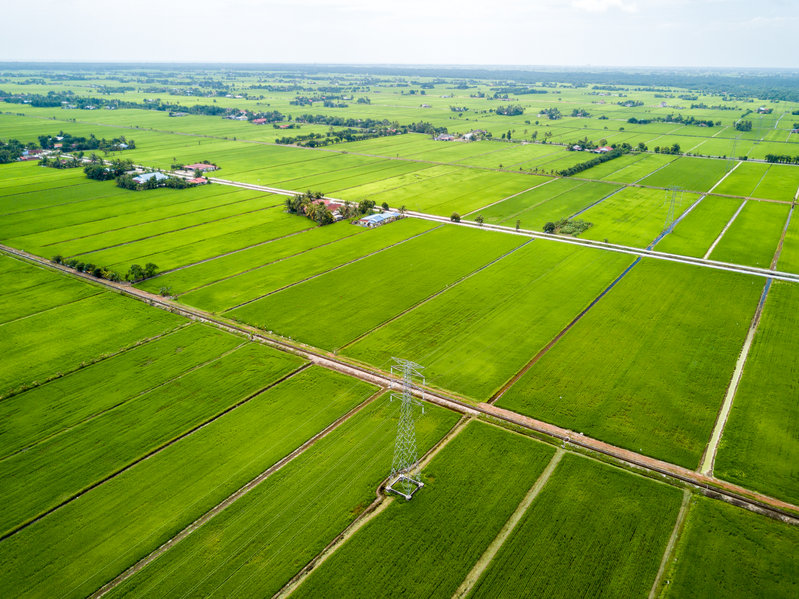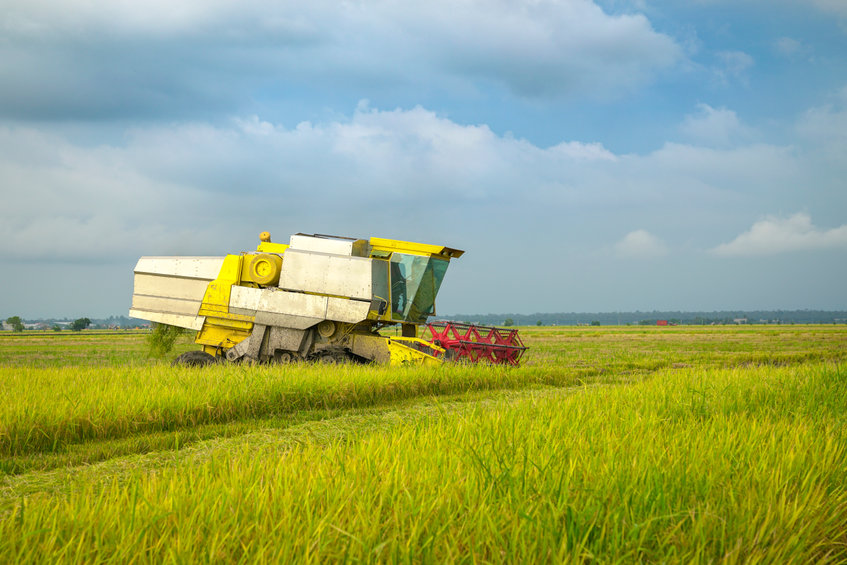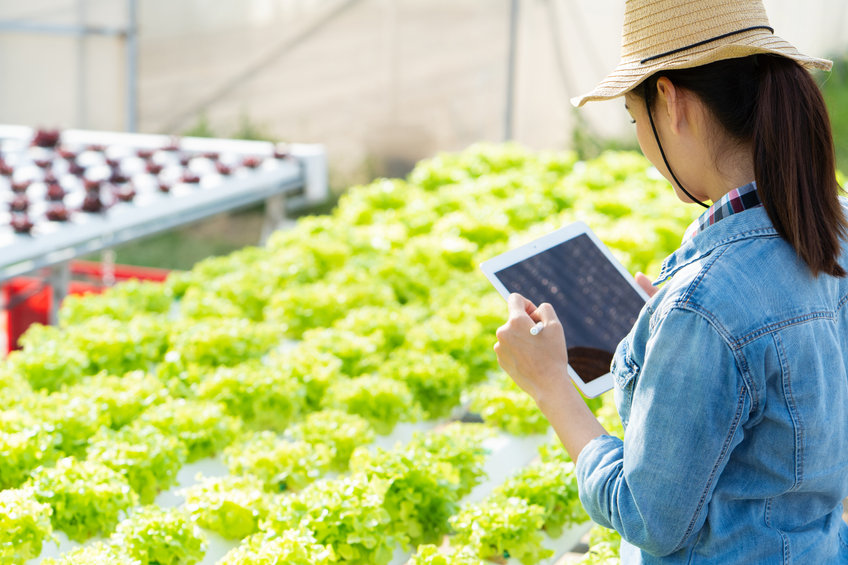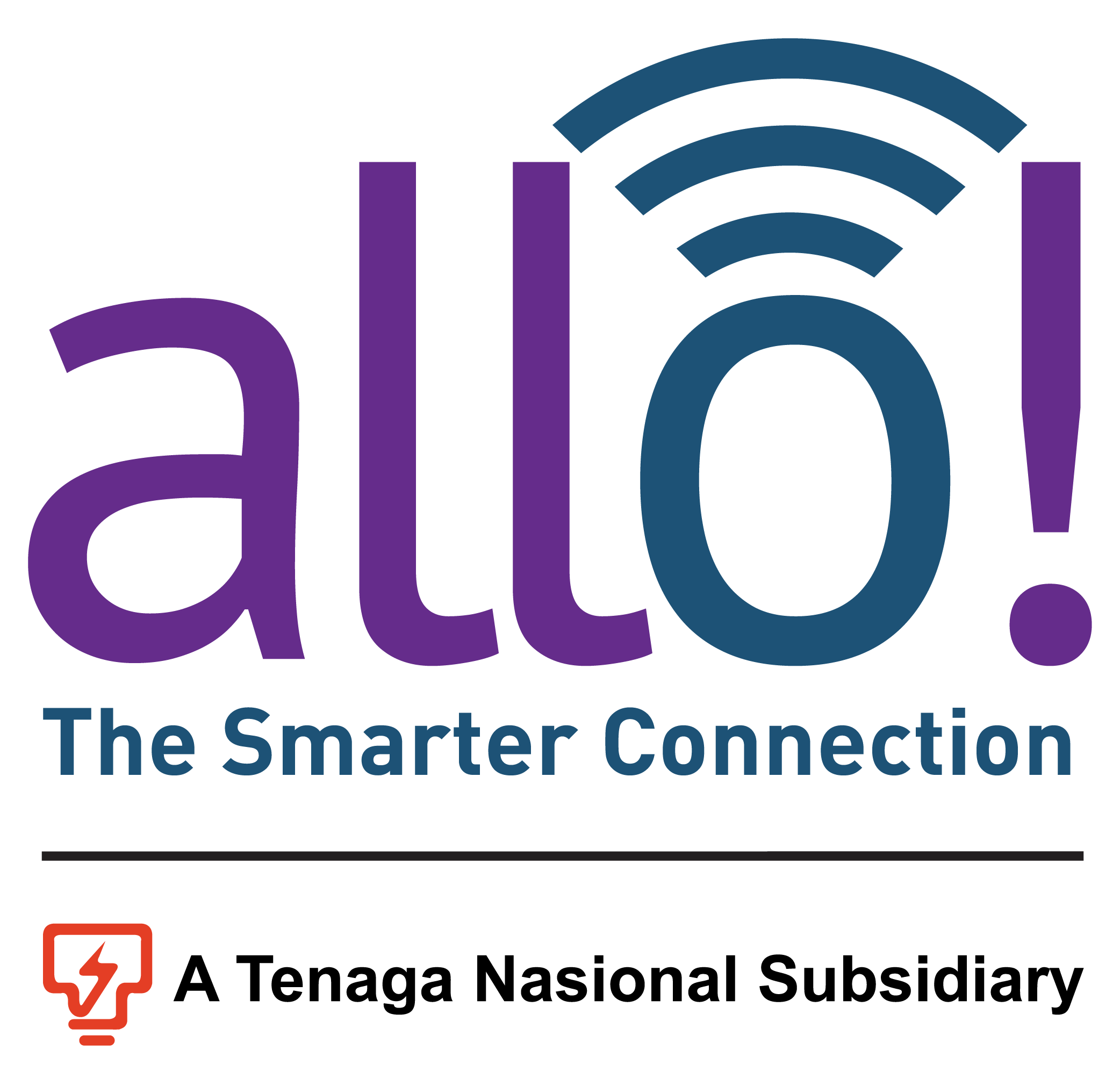NEWS
How Connectivity and IoT Can Empower Malaysian Farmers

Malaysia shifted from the agrarian to the industrial economy in the early 1980s, inevitably creating a setback in the agro-food production sector. The growing population continues to exert pressure on food security, which calls for a concerted effort to revamp its approach to agriculture. The government has stepped up its efforts to plug food insecurity, putting in place four Agricultural Policies between 2011 and 2020.
But some concerns still present a challenge to food production:
- The production of local rice has stagnated in the last 30 years, with a 2% decline recorded between 2016 and 2018.
- Malaysia is now importing up to 40% of its rice consumption from Vietnam, Thailand and India.
- All raw materials for fishmeal, soybean and cornmeal are now imported.
Malaysian farmers now have the responsibility of increasing food production and reducing the reliance on imported foods. Modern farming methods may not amount to much without internet connectivity and Internet of Things (IoT).
Why the agriculture industry needs to increase food production
The agriculture sector in most growing economies often lags behind, especially after a country switches from an agrarian to an industrial economy. Malaysia seems to have found itself in a similar position. But as its population continues to grow, the demand for food becomes more pressing than ever before. The country needs to increase food production for the following reasons:
- Stagnated food production:Â Malaysia has experienced a stagnation in food production for the past 30 years, while the population continues to increase. This means that there is a need to take urgent measures to prevent food shortages. Farmers have long since adopted modern farming methods, but they have not been enough to ensure sustainable food production.
- Reduce over-reliance on imported foods:Â Malaysia is currently importing nearly half of its agricultural products. This may put the country at the mercy of foreign policies, such as the restriction of exports and price fluctuations, which may not mean well for the country. The country needs to increase its food production to avoid falling victim to harsh foreign policies.
- Make proper utilization of resources: The agriculture industry also needs to address under-utilization of agricultural resources. For example, nearly half of the hectarage available for paddy fields has not been put to productive use. This means that food production would be vastly reduced if the resources are not put to maximum use to improve production.

How modern-day farming is a far cry from traditional farming methods
While modern day farming may be seen as a lasting solution to the ever-increasing food demand across the country, it’s a far cry from the traditional methods that relied on manual ways to maintain crop production. Farmers needed manual labour to work on their farms, including tedious methods like tilling using crude implements. But the resultant production would be enough because the population hadn’t multiplied as it has today.
But industrialization came knocking, and swept across most of the Middle East. People left traditional farming to work in industries, resulting in a nearly depleted workforce in the agricultural sector.
Even with mechanization, modern farming may not be so effective in combating food shortages in the country. This is because it isn’t utilizing the available agricultural resources effectively, leading to decreased production, and increasing reliance on imported products.

Ways connectivity and IoT are helping farmers
The realization that modern farming methods aren’t enough to boost food production in Malaysia calls for concerted efforts from all stakeholders to chart the way forward. While much has been done, including enactment of policies to favour agriculture, the situation doesn’t seem to have improved much.
It’s now time to approach the challenge from a different perspective; the perspective of connectivity and IoT. Malaysian farmers need to integrate IT in their production methods to increase food production in the country, and make it even more profitable for them.
Here are ways connectivity and IoT can help farmers to optimize crop production:
- Predictive modelling and planning
The use of IoT and internet connectivity can go a long way in enhancing agricultural production in Malaysia. Farmers can use a wide range of IoT devices to collect information such as temperature, CO2, light, humidity, and others, to achieve visibility and control of farming operations. They can then use such data to build crop models and predict how crops will grow in given conditions. It can also help them venture into precision farming, which minimizes waste of resources considerably.
- The use of data analytics, visualization and management systems
IoT sensors installed in the fields, or fitted on smart agriculture vehicles, collect lots of important data farmers can use to optimize crop production. These devices require a good internet connection for transmission and processing to identify trends and patterns. The data can help farmers visualize and manage their crops without necessarily spending hours in the fields.
- Connectivity in agricultural spaces
Managing IoT devices wouldn’t be possible without internet connectivity in agricultural spaces. The devices fitted in the fields, storehouses, and greenhouses, need to be connected to work well. Farmers need uninterrupted and stable connectivity to be able to monitor their crops continuously.
- The use of smart agriculture vehicles
Malaysian farmers can also employ smart agricultural vehicles fitted with IoT sensors to collect data from different parts of the field. These vehicles don’t need to be manned, and can be controlled remotely, meaning farmers can still keep tabs on their crops even during harsh weather, and at night.
- The use of sensor-based systems      Â
Farmers in Malaysia can reduce wastage and improve crop production to meet the needs of a growing population by using IoT sensors. These sensors need to be connected in a way that they can communicate and share data. Such sensors include WiFi-enabled CCTV cameras, air temperature sensors, and others, combine to make precision agriculture easier.
How Allo Technology can help
There’s little doubt that IoT will go far in the agricultural sector. As farms begin looking to implement better methods for crop yields and control into their everyday work, Allo will be there to ensure they have the right connectivity infrastructure in place. Contact us today for more information.
